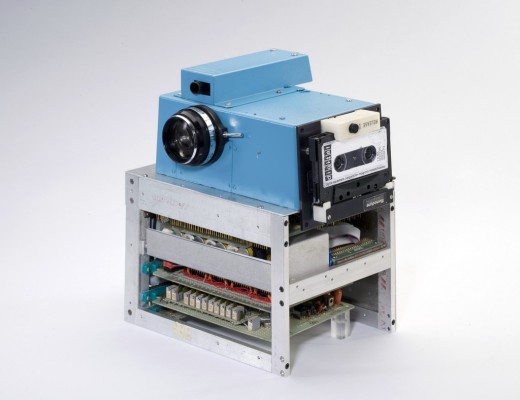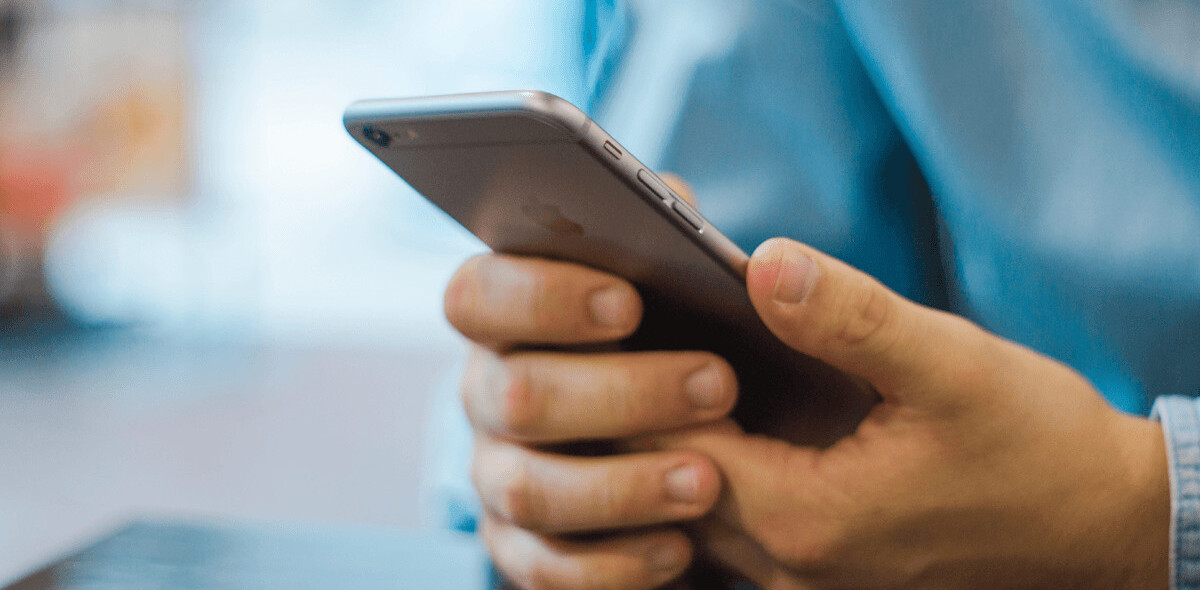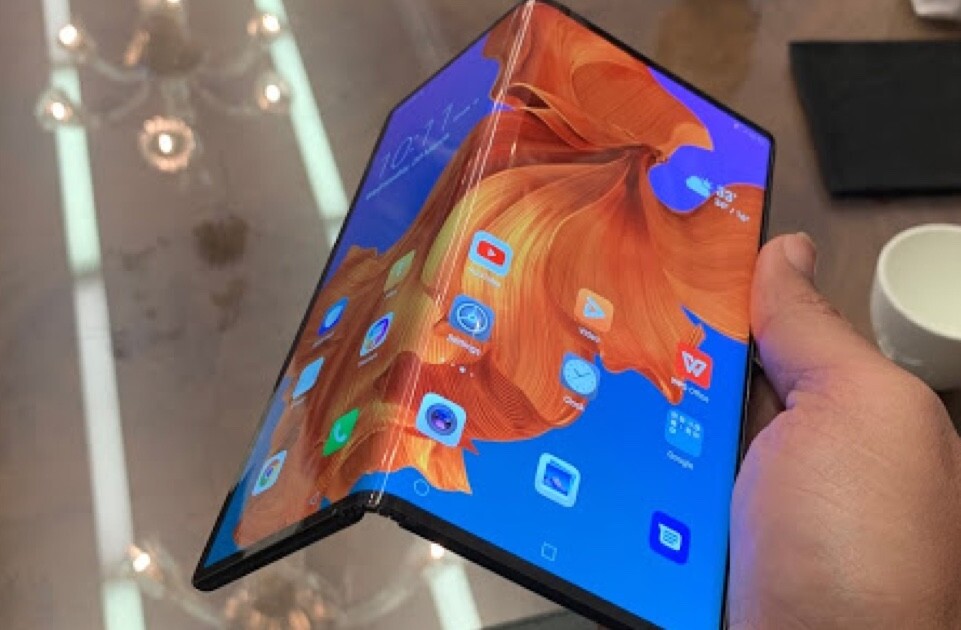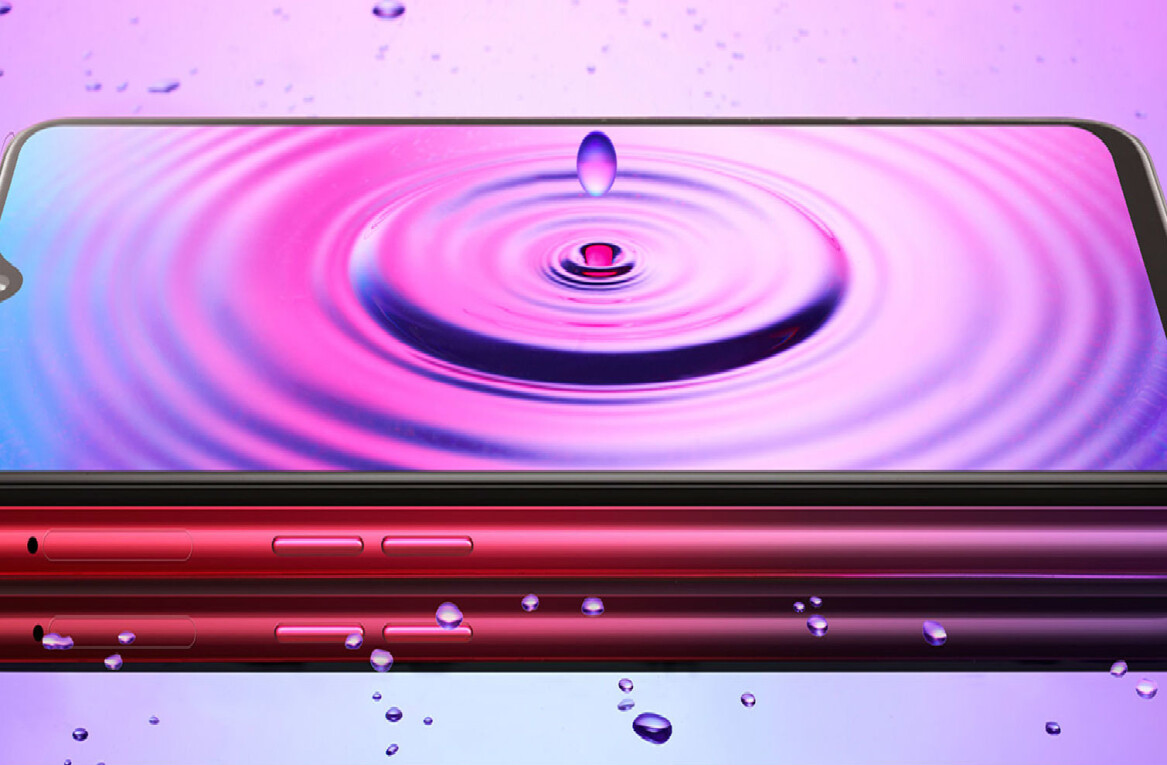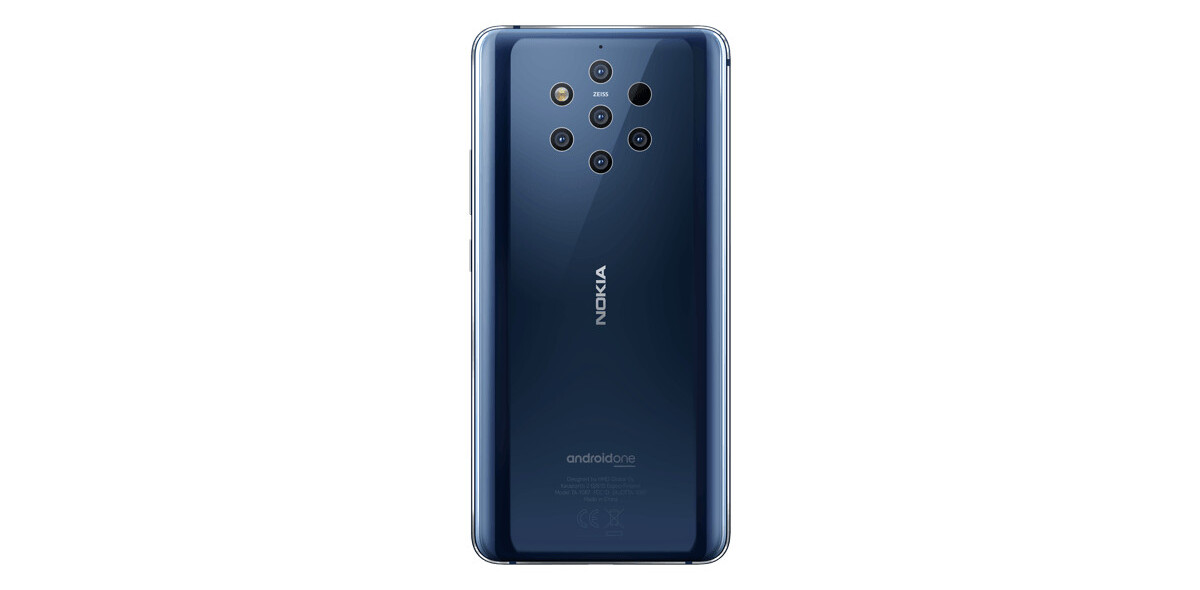
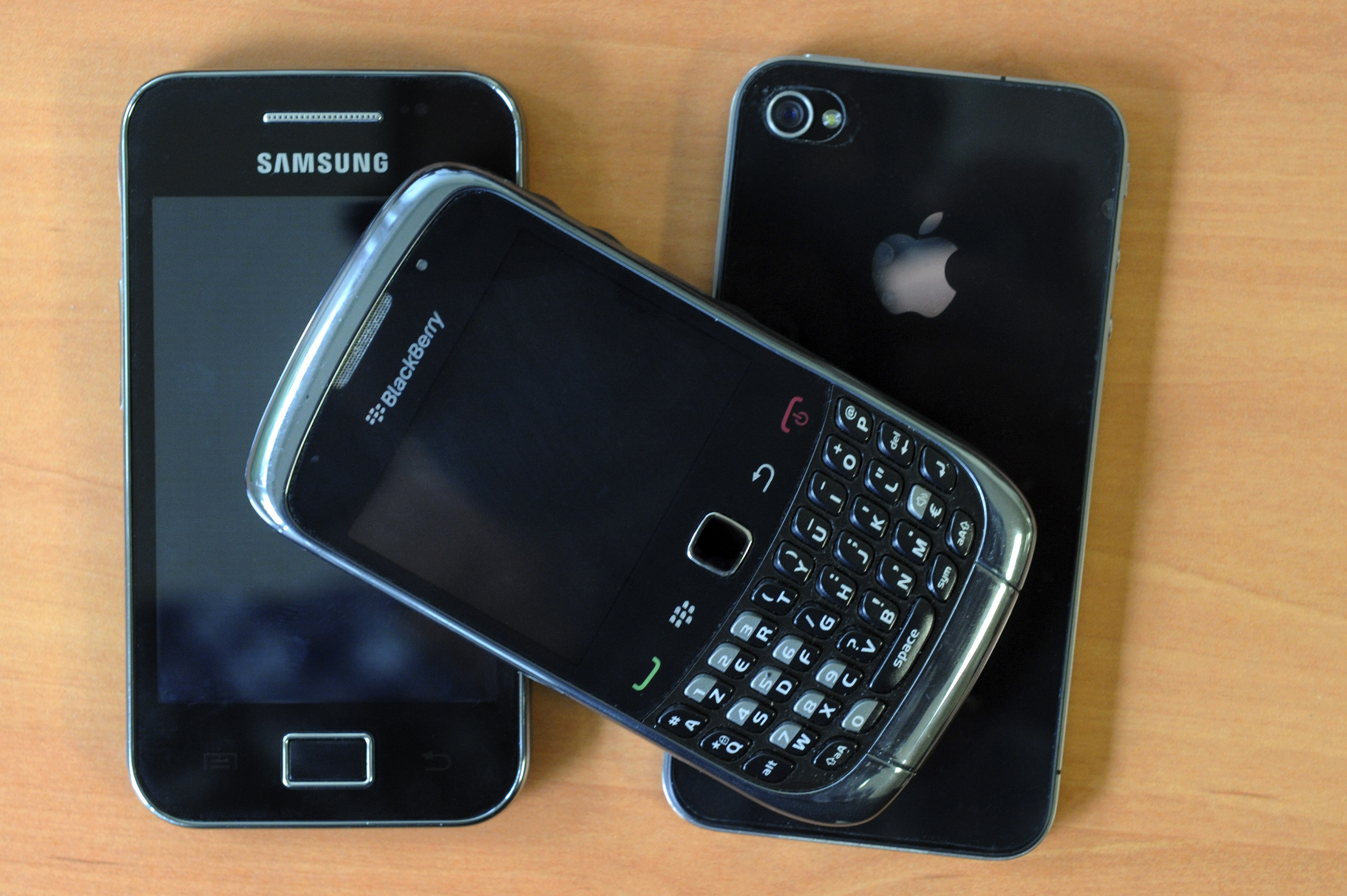
Food Network TV personality Alton Brown has a thing against unitaskers – kitchen gadgets that only perform one task. Outside of the kitchen, standalone gadgets are under pressure from increasingly multi-functional handsets. Smartphones have basically become digital Swiss Army knives.
A couple months ago, I did a thought experiment. I thought up the main functions that I used on my phone and then decided to price out how much it would cost to replicate them with single-function devices. The result? A pile of gadgets that cost $1,228.11 and weighed over eight pounds.
The list included: a feature phone, music player, point-and-shoot camera, GPS, alarm clock, flashlight, calculator, handheld gaming device, ebook reader, guitar tuner, voice recorder, electronic dictionary, remote and a box for making video Skype calls.
I don’t use all those functions every day, but that’s actually an argument in favor of consolidation. What’s the point in carrying a niche device around on the off-chance that I’ll actually need it? The amount of stuff I have to cart with me has gone down drastically in the past couple of years, to the betterment of my back, wallet and the environment.
Everything is amazing
The pace of smartphone development can quickly lead to indifference, as comedian Louis C.K. has eloquently, and profanely, pointed out.
“Everything is amazing right now and nobody’s happy,” he riffed on the Conan O’Brien a couple years ago. “In my lifetime, the changes in the world have been incredible.”
He’s watched the world advance from public rotary phones to people carrying Internet-connected phones in their pockets.
“The shittiest cellphone in the world is a miracle,” he has said in a similar bit.
He’s right. We’re laughing at ourselves as he harangues this generation of “non-contributing product sponges”. We’re guilty of cursing our wireless carriers when they drop a call, or complaining about a flight delay, or lapsing into entitlement with new unproven technologies.
And as we laugh, we’re meant to feel grateful. In this new world where all is amazing, it’s worth taking a moment to appreciate just how far these gadgets have come.
First things first
The first handheld cell phone was tested by Motorola on April 3, 1973. It had a 20-minute battery life and weighed about two and a half pounds (more than an 11-inch MacBook Air). Adjusted for inflation, the device cost about $1 million to produce, inventor Martin Cooper told the BBC in 2010.
Though he could hardly have imagined how far things would go, Cooper and his colleagues did conceive of a future where everyone would have their own phone and number. They joked that in the future phone numbers would be assigned to people and if they didn’t answer, it meant they were dead.
Cooper may have started the whole industry, but he isn’t a fan of the way things have turned out. He views today’s modern smartphone as a “monstrosity”, according to the BBC.
Say cheese
Steve Sasson is credited with developing the first digital camera in 1975 while working for Kodak. It held 30 shots, took 23 seconds to save an image and had a resolution of 100 lines.
“I didn’t want to store 100 or 1000 images on there because nobody knew how to deal with that concept,” he said in a documentary by David Friedman.
When he first demoed the device, someone asked him “Why would anyone ever want to view his or her pictures on a TV?”
Using Moore’s law and a calculation of a minimum of 2-megapixels for a usable image, he estimated that it would take 15-20 years for digital cameras to hit the mainstream. Here in 2012, smartphones are shipping with 2MP front-facing cameras.
In 1978, Sasson was granted a patent for his invention, entitled an “Electronic still camera”. More recently, he was awarded the National Medal of Technology by President Obama for his work.
I’d also like to nominate him for a different award: understatement of the decade. In his first technical report about the project, he wrote:
“The camera described in this report represents a first attempt demonstrating a photographic system which may…substantially impact the way pictures will be taken in the future.’
Once they caught on, digital cameras swept households the world over. In a sad twist of fate, the decline of the film industry actually led to Kodak’s own demise. The company has filed for bankruptcy protection. It’s most valuable asset? A collection of patents related to digital imaging.
Almost as quickly as they’ve risen, though, point-and-shoot cameras have begun to decline. I interviewed three professional photographers to get their thoughts on the rise of smartphone photography.
Jonah Kessel, a freelance visual journalist with the New York Times, says he hasn’t touched his Panasonic Lumix DMC-ZS10 point-and-shoot since the iPhone 4 came out.
“The iPhone 4 actually reinvented photography for me a bit. It connected me back to consumer camera culture to the point where I take hundreds of pictures (all for fun) with my phone. But the dust build up on the Lumix tells a different story. With this type of photography, its not about mega pixels or manual control ability, but simply how convenient it is to take and share pictures,” he said.
Wedding photographer Jerry Yoon [full disclosure: Jerry was my wedding photographer] agreed that the smartphone has replaced the point-and-shoot in his personal life. For him, the iPhone 4S was the first model that had sufficient quality to document his life.
“My photography life is now split into two distinct parts. Work and leisure. If I ever have my work cameras with me, then I’m working and capturing things with intense focus. The pictures that I get from working and leisure are vastly different. It’s like a switch comes on, so that means that the tools that I need are different as well. The smartphone cameras are now my tools for leisure,” he said.
These days, he’s found that he doesn’t need to carry around a GPS device and music player because his phone can handle it, and he even brings a laptop around with him less often.
Travel photographer Brian Hirschy doesn’t see smartphone cameras replacing point-and-shoots, in fact he thinks he may buy one in the next couple years. He did, however, note that the iPhone 3GS camera was the first model that he felt was good enough to serve as a “decent camera.”
Hirschy says he’s able to go without a GPS now, unless he’s in a remote area, and carries one less laptop because of how powerful his smartphone is. Sadly, with great power comes shorter battery life, so he carries a backup Nokia feature phone for emergency calls.
Sense and sensor ability
It’s easy to focus on processor or download speeds when talking about the power of smartphones, but their full complement of sensors plays a large part in enabling them to replace other devices.
Pulled from their maker’s respective tech specs, here’s a list of some of the sensors that can be found in the three flagship devices for iOS, Android and Windows Phone:
| Nexus 4 | Lumia 920 | iPhone 5 |
| Microphone | Microphone | Microphone |
| Gyroscope | Gyroscope | Three-axis gyro |
| Accelerometer | Accelerometer | Accelerometer |
| Compass | Compass | Digital compass |
| Ambient light | Ambient light | Ambient light sensor |
| Barometer | Magnetometer | Proximity sensor |
| GPS | A-GPS | Assisted GPS |
| Glonass | GLONASS |
I’d expect to see these sensors on a nautical device or some kind of wilderness survival gizmo, but the fact that we carry these around with us every day in our pockets is remarkable.
These lists aren’t even comprehensive. For instance, Apple doesn’t advertise the magnetometer in its iPhone, but Kessel uses the Sun Seeker: 3D iOS app to track where the sun through the sensor.
The market has gotten to a point where we need decision engine services like Sortable that let us sort and filter smartphones by their respective features.
Winners and losers
To get a sense of the financial impact that this convergence is having on other industries, I spoke with Forrester senior analyst Sarah Rotman Epps.
“With smartphones, I think there are two areas where cannibalization of other devices is most pronounced. One is in MP3 players and the other is in digital cameras,” she said.
Though she’s tracked effects in other industries as well, those two are where the impact has been most pronounced. In response, both markets appear to be moving toward more specialized uses. Digital camera makers are focusing on high-end sales, while MP3 player-makers are adapting their devices for instances like jogging when phones are at a disadvantage.
With exposure in both cameras and music players, Sony has struggled as standalone devices have become less popular. Sony does also make smartphones, but it has not risen to the top. It’s currently caught up in a massive restructuring to get back on course. Canon and Kodak have also been affected.
“Kodak never figured out how to integrate their products and services into the software ecosystem,” Epps said.
As for winners, Apple and Samsung are the obvious leaders, as they currently bring in the majority of the industry’s profits. Apple’s decision to develop the iPhone was itself a preemptive move to cannibalize its own iPod sales before other phone makers could.
The development of an app ecosystem has adversely affected hardware companies who haven’t yet figured out how to evolve.
Convergent tablets
Smartphones may be the most ubiquitous device right now, but tablets are also beginning to blur the lines. When I asked Epps where tablets fit into the mobile space, she noted that tablets are currently going through a significant change, partially led by the release of Windows 8.
“It’s hard to overstate how disruptive Windows 8 is to the PC market,” she said. “Microsoft is actively trying to catalyze convergence between tablets and PCs.”

Windows 8, and especially the Surface tablet, is a bold bet on Microsoft’s part. It risks alienating its vendor partners, while also introducing the possibility of confusing its users. Epps added that Forrester has consistently seen it its data that tablets are cannibalizing PC sales.
The steady consolidation of devices doesn’t look to be changing anytime soon, and Microsoft is come down on the right side of the PC/tablet convergence. Photographer Brian Hirschy says that he plans to replace his traditional laptop and iPad with a lighter ultrabook once the prices come down.
It’s still too early to tell exactly how Microsoft’s experiment is panning out on a large scale.
“The idea that there is no difference between a tablet and PC is a theory that is being tested in real time with Windows 8,” Epps said.
The future
Looking ahead to the future, Epps believes that wearable computing may be the next step. Though current wearable devices are usually conceived as accessories that complement a smartphone, it’s only a matter of time before they become capable communications devices in their own rights.
“For the most part wearables will be complementary to smartphones, but they’ll also be standalone devices. Phones will take different shapes and still be essential to our lives but they won’t look the way they do now,” she said, citing Google Glass as an example.
Epps thinks we’re a few years out from these wearable phones, as companies still need to figure out the business model, value proposition and how to manage the data.
Martin Cooper, the inventor of the first mobile phone, predicts we’ll go even further than wearing and begin inserting them under our skin.
“The cellphone in the long range is going to be embedded under your skin behind your ear along with a very powerful computer who is in effect your slave,” he said.
Kessel thinks camera makers will eventually do away with memory cards and switch over fully to wireless sharing.
“For consumer grade cameras, there will definitely be sharing options built into cameras very soon. The technology is already there its just a matter of time,” he says.
Smartphones are reigning atop a pile of obsolete gadgets, but it’s a fast-paced world we live in, so they might find themselves in the dust pile in a few years. There isn’t an app for predicting the future (yet), but I’d bet on devices getting faster, smaller, thinner and even more multi-functional.
Image credits: Damien Meyer/Getty Images, JAVIER SORIANO/Getty Images, Brett Jordan/Flickr, Kevork Djansezian/Getty Images
Get the TNW newsletter
Get the most important tech news in your inbox each week.

